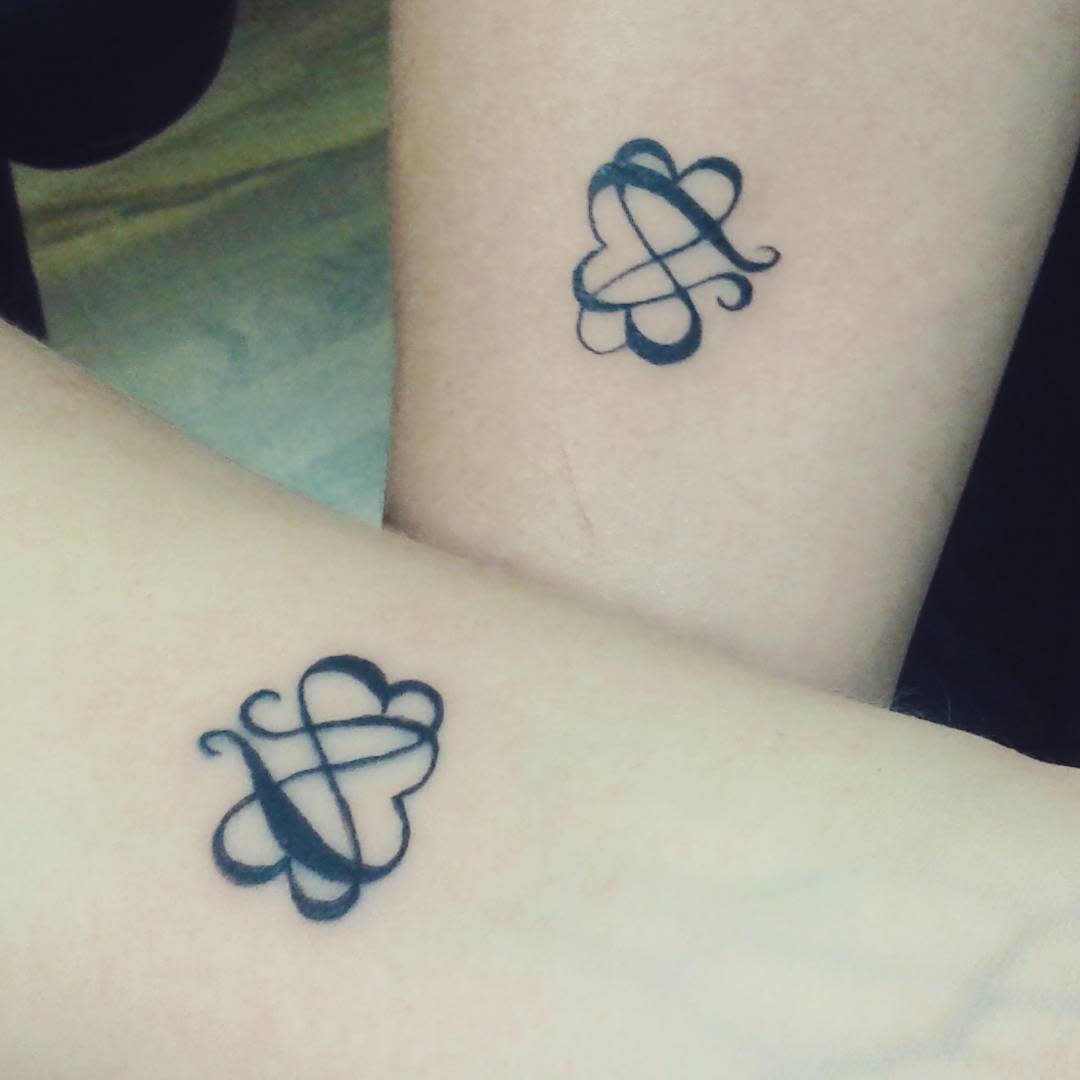
In recent years, the world of tattoo design has been revolutionized by the emergence of digital tools and technologies. This shift has not only changed the way tattoos are designed and created but has also opened up a whole new world of possibilities for artists and clients alike. From concept to skin, the evolution of digital tattoo design has been nothing short of extraordinary.
Traditionally, tattoo design was a time-consuming and labor-intensive process. Artists would often spend hours sketching, refining, and finalizing a design before transferring it onto the skin. With the advent of digital tools such as tablets, graphic design software, and even 3D modeling programs, the design process has become much more streamlined and efficient. Artists can now create intricate and detailed designs with precision and ease, allowing them to bring their visions to life in ways that were previously impossible.
One of the biggest advantages of digital tattoo design is the ability to preview and customize designs before they are permanently inked onto the skin. Clients can work closely with artists to make adjustments to the design, choose colors, and experiment with different placements to ensure that they are fully satisfied with the final result. This level of collaboration and communication was not always possible with traditional tattoo design methods, making digital design a game-changer for both artists and clients.
Another key aspect of the evolution of digital tattoo design is the rise of photorealistic tattoos. Thanks to advancements in digital imaging technology, artists can now create incredibly detailed and realistic designs that were once only possible through techniques such as airbrushing. These tattoos can depict anything from portraits of loved ones to intricate landscapes and abstract designs, all with a level of detail and clarity that was previously unattainable.
Furthermore, digital tattoo design has also paved the way for the integration of augmented reality (AR) and other interactive elements into tattoos. AR tattoos use a special app or device to bring the tattoo to life, allowing it to move, change colors, or even play sound when viewed through a smartphone or tablet. This fusion of technology and art has created a new frontier in tattoo design, blurring the lines between the physical and digital worlds in exciting and innovative ways.
As digital tattoo design continues to evolve, artists are also exploring new techniques and styles that were previously unheard of. From minimalist geometric designs to intricate mandalas and watercolor effects, the possibilities are truly endless. Digital tools have given artists the freedom to push the boundaries of traditional tattoo artistry and experiment with new and exciting concepts, resulting in a renaissance of creativity and innovation in the world of tattoo design.
While digital tattoo design has undoubtedly revolutionized the industry, it has also sparked debate among purists who argue that traditional handcrafted tattoos hold a certain authenticity and charm that cannot be replicated with digital tools. While this may be true to some extent, it is clear that digital design has opened up a world of possibilities for artists and clients alike, allowing for greater creativity, precision, and customization than ever before.
In conclusion, the evolution of digital tattoo design has transformed the way tattoos are conceived, created, and experienced. From concept to skin, digital tools have revolutionized the design process, allowing for greater collaboration, customization, and creativity than ever before. As technology continues to advance, the future of tattoo design looks brighter and more exciting than ever, with endless possibilities waiting to be explored and embraced.